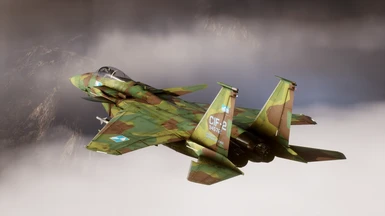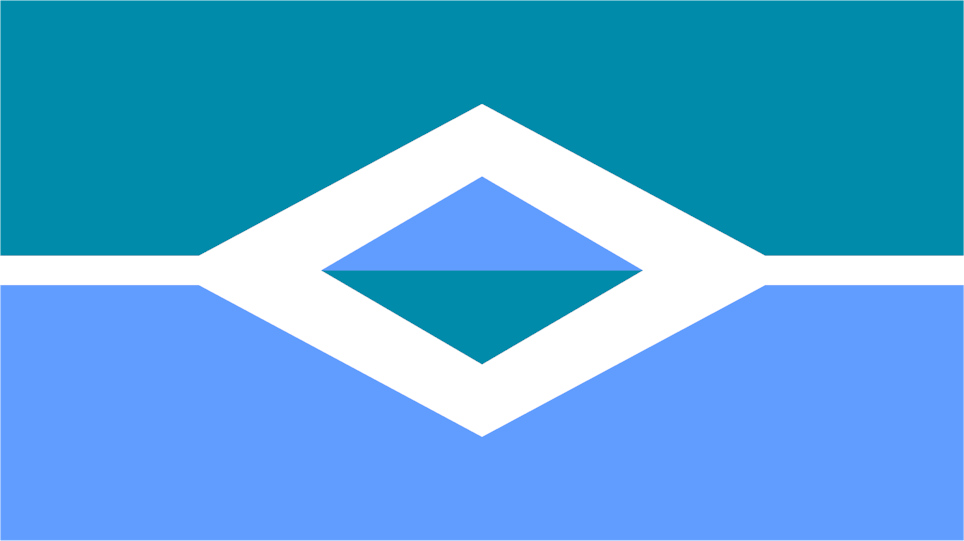

The Cascadia movement contains groups and organizations with a wide range of goals and strategies. Its population would be similar in size to that of Ecuador, Zambia, Cambodia or the Netherlands. This number would increase if portions of Northern California, Idaho, and Southern Alaska were also included.īy land area Cascadia would be the 20th largest country in the world, with a land area of 534,572 sq mi (1,384,588 km 2), placing it behind Mongolia and ahead of Peru.

More conservative advocates propose borders that include the land west of the crest of Cascade Range, and the western side of British Columbia.Īs measured only by the combination of present Washington, Oregon, and British Columbia statistics, Cascadia would be home to slightly more than 16 million people (16,029,520), and would have an economy generating more than US$675 billion worth of goods and services annually. When all parts of the bioregion are included, Cascadia would stretch from coastal Alaska in the north into Northern California in the south, and inland to include parts of Idaho, Montana, Nevada, Utah, Wyoming, and Yukon. The proposed country or region largely would consist of the Canadian province of British Columbia and the US States of Washington and Oregon, including major cities Seattle, Vancouver, and Portland. Potential boundaries differ, with some drawn along existing political state and provincial lines, and others drawn along larger ecological, cultural, political, and economic boundaries.

The Cascadia movement is a bioregional movement based in the Cascadia bioregion of western North America. *Statistics are compiled from US and Canadian census records by combining information from the states of Washington, Oregon and the province of British Columbia.


 0 kommentar(er)
0 kommentar(er)
